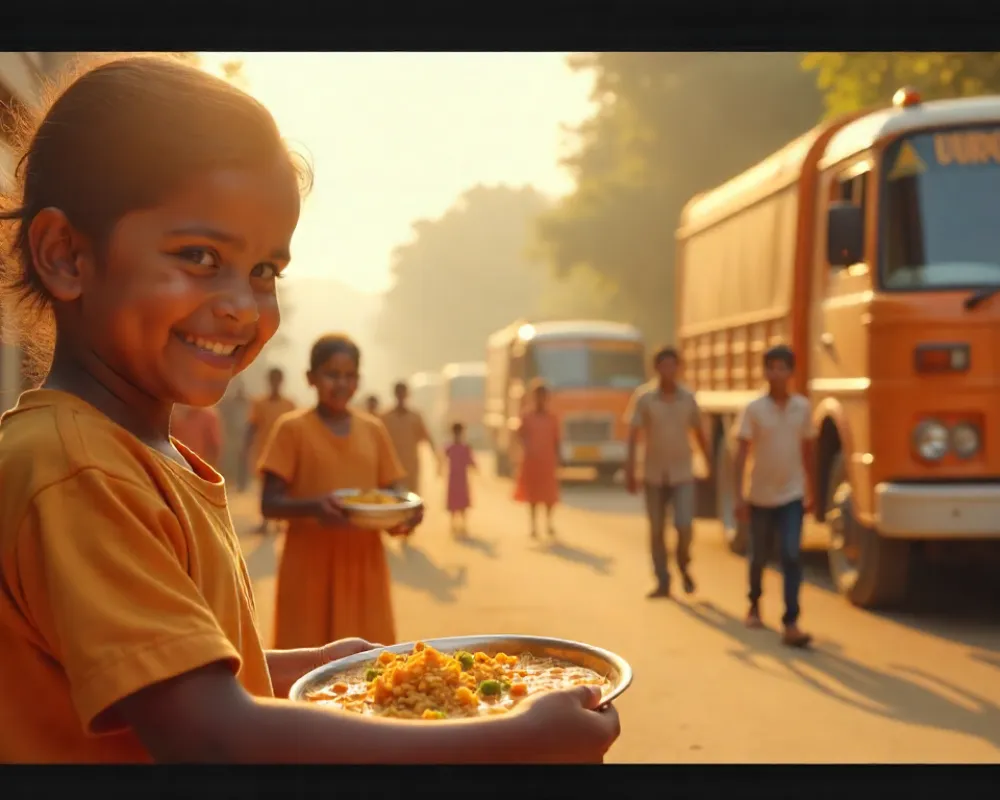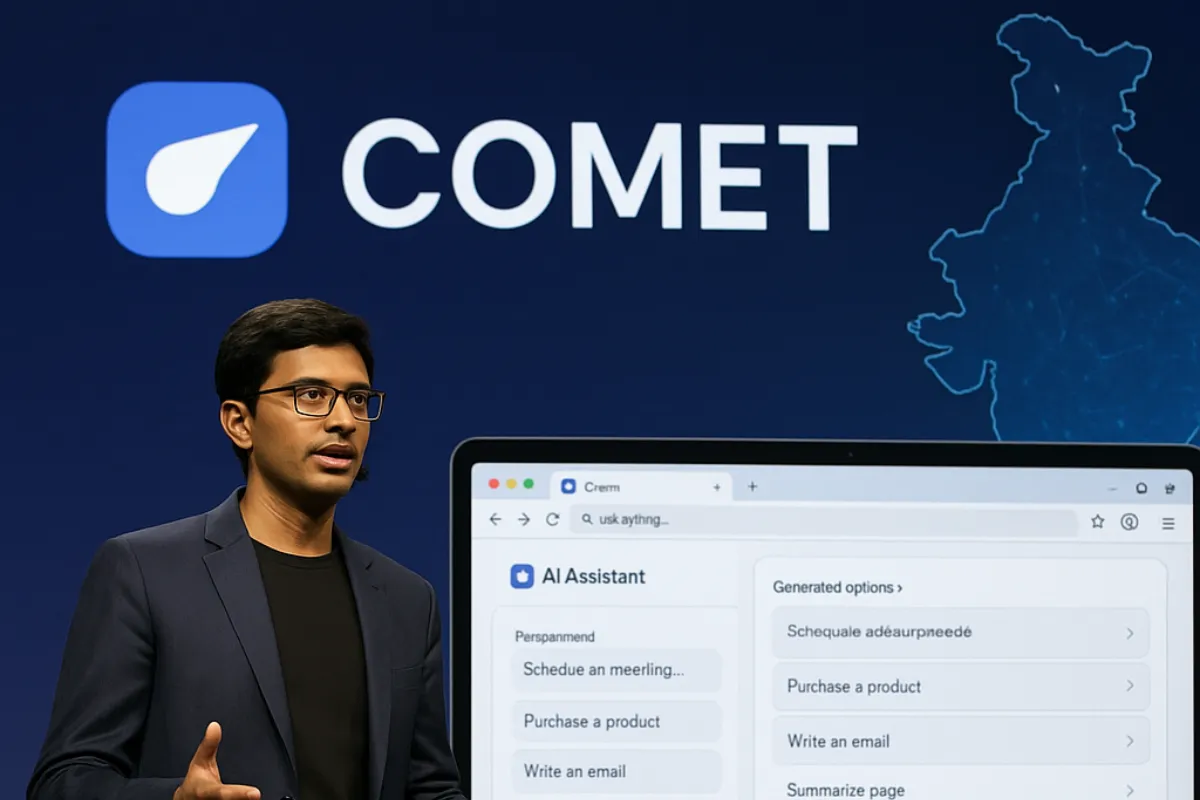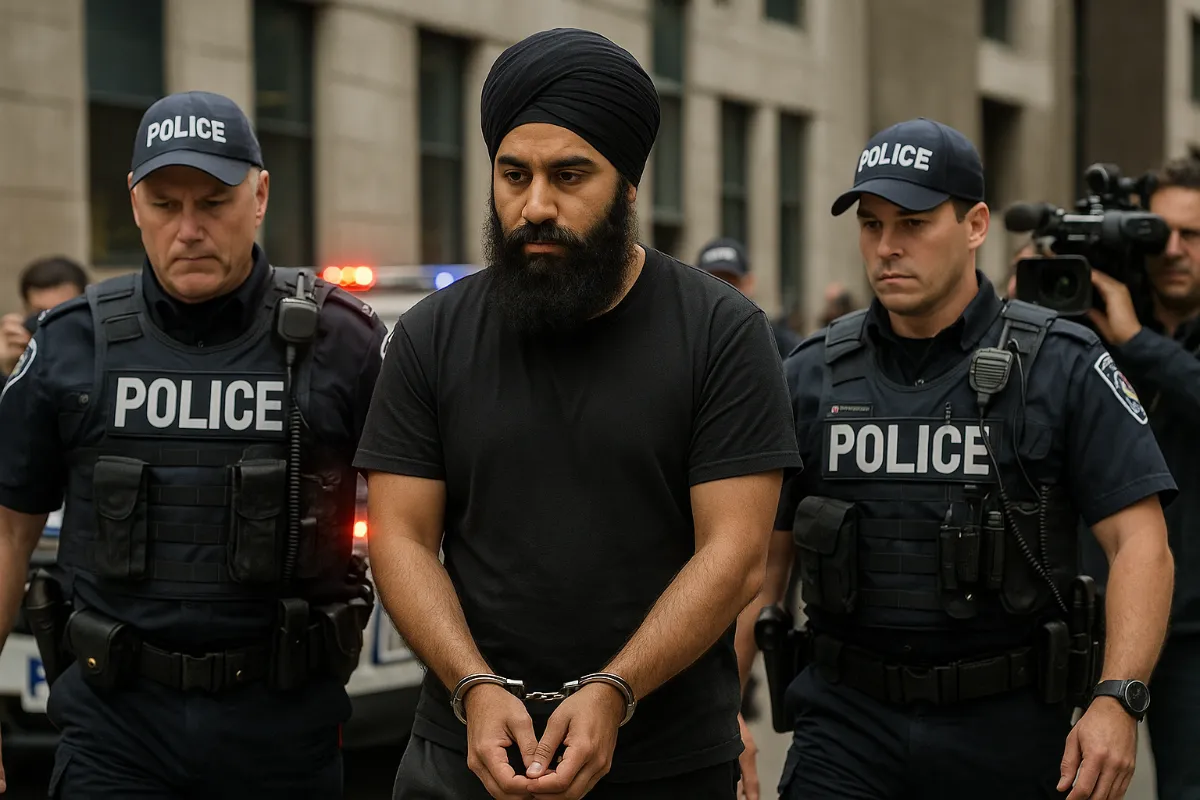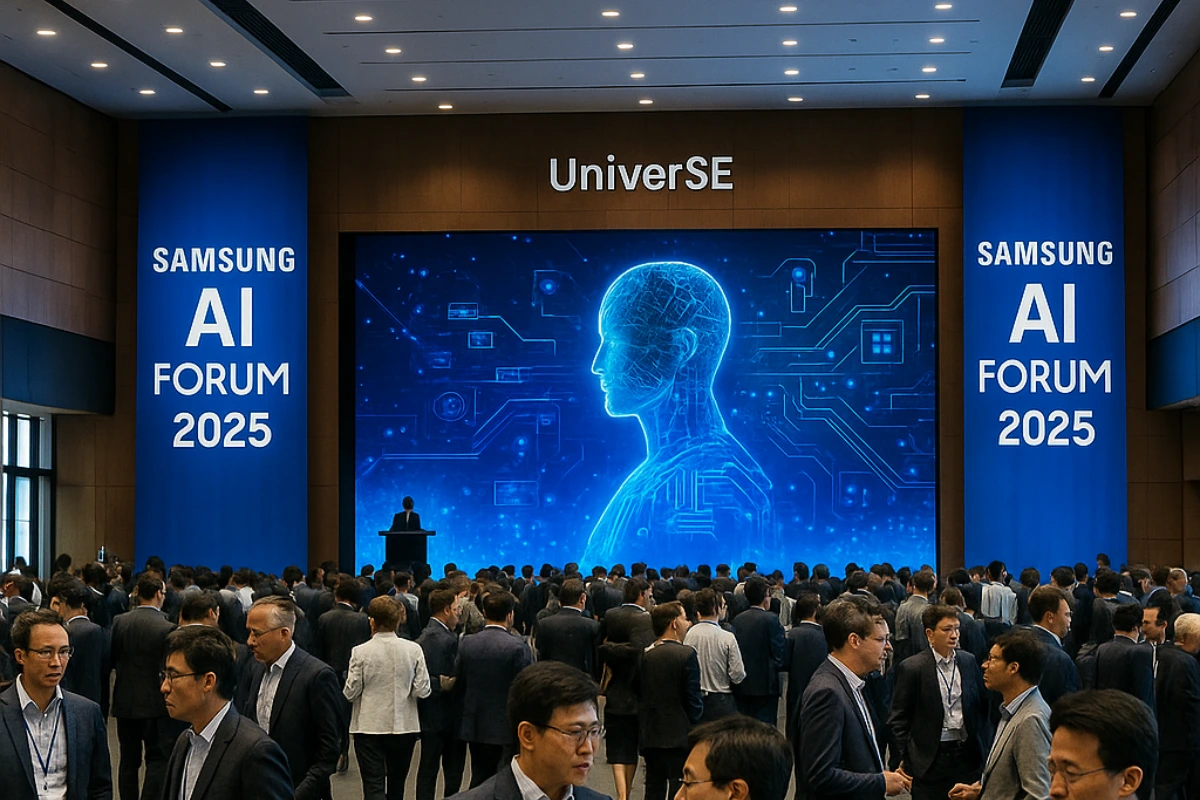1. Overview of the Hunger Free Bharat Mission
Launched in January 2025 by the Adi Bodh Foundation with endorsements from figures like Swami Ramdev, the Hunger Free Bharat Mission aims to eradicate hunger through food redistribution, waste reduction, and public awareness campaigns. It aligns with Viksit Bharat 2047 and UN SDG 2 (Zero Hunger), emphasizing collaborations with NGOs, restaurants, and government schemes.
By mid-2025, it has distributed over 192,000 meals, focusing on urban-rural gaps and surplus food utilization. The mission overlaps with PMGKAY by supplementing free grain distribution through community-driven efforts, and with POSHAN Abhiyaan by addressing hidden hunger via nutritional awareness and anemia reduction programs.
2. Welfare Architecture
The mission relies on a multi-layered structure combining government schemes, NGOs, and private sector involvement:
Government-Led Distribution
- PMGKAY: Provides free grains to over 80 crore beneficiaries, mitigating extreme hunger.
- POSHAN Abhiyaan: Focuses on child and maternal nutrition through fortified foods, supplements, and anemia reduction.
- Hunger Free Bharat supplementation: Targets surplus food redistribution and community-level awareness campaigns.
NGO and Community Integration
- Community Kitchens & Food Banks: Collect surplus meals from restaurants and households.
- Awareness Campaigns: Promote dietary diversity, hygiene, and scheme enrollment.
- Monitoring Support: Poshan Tracker integration allows on-ground verification and identification of underserved areas.
Private Sector & CSR
- Funding: CSR contributions from Reliance Foundation, Malabar Group, Infosys Foundation scale distribution.
- Technology & Logistics: Supply chain solutions, refrigerated transport, and inventory management reduce food loss.
- Employee Engagement: Volunteers support urban food banks and community kitchens.
Limitations & Gaps
- Urban-Rural Imbalance: CSR efforts skew toward urban centers.
- Coordination Complexity: Overlaps between NGOs, government, and corporate programs may slow response.
- Scale and Nutritional Impact: Hunger Free Bharat is still nascent; large-scale reductions in stunting and wasting remain unmeasured.
3. Implementation and Reach
Hunger Free Bharat’s on-ground delivery relies on meal distribution, supplementary nutrition, and awareness programs.
- Meal Distribution: 192,000+ meals redistributed by mid-2025, targeting urban and peri-urban populations.
- Integration with Government Programs: PMGKAY grain delivery ensures baseline caloric security; Hunger Free Bharat fills gaps for migrant workers and surplus redistribution.
- Coverage Metrics: Partial Poshan Tracker data (Feb 2025) indicates stunting at 47.33%, wasting at 9.58%, and underweight at 24.09%—highlighting persistent malnutrition despite intervention.
- CSR & NGO Scale: Millions of additional meals served through corporate and NGO partnerships.
4. Role of Private Sector CSR Programs
Corporate India contributes to hunger alleviation primarily through CSR initiatives, often in partnership with NGOs:
- Funding and Partnerships: Corporations fund mid-day meal programs, support Anganwadi centers, and provide infrastructure. NGOs like Akshaya Patra and Feeding India rely on CSR to scale operations.
- Focus Areas: Urban and semi-urban food redistribution, fortified foods, and awareness campaigns.
- Technology & Logistics: Tech and logistics companies optimize distribution and reduce food loss.
While CSR efforts are impactful, they remain localized and cannot replace the scale of government schemes.
5. Government Framing & Marketing
The government frames Hunger Free Bharat and PMGKAY as pillars of inclusive growth and dignity:
- Empowerment & Dignity: Free rations are presented as a right, not charity. PM Modi emphasizes that “no Indian will sleep hungry.”
- Scale & Efficiency: Over 80 crore beneficiaries are covered, with One Nation, One Ration Card enabling portability.
- Political Branding: Ration bags carry the Prime Minister’s image, drawing praise and criticism.
- Global Leadership: Showcased as part of India’s commitment to SDG 2 (Zero Hunger).
Campaigns like Eat Right India and Mann Ki Baat promote sustainable nutrition practices alongside the mission.
6. Beneficiary Experiences
Positive Experiences
- “The free grain saved us during the pandemic; without PMGKAY, my family would have gone hungry.” — Migrant worker, Delhi
- “One Nation, One Ration Card allowed me to feed my children in Mumbai while working away from home.” — Construction laborer
Challenges & Frustrations
- “My thumbprint never works. The dealer knows me for 20 years, but the machine rejects me. It feels humiliating.” — Elderly farmer
- “Rations last only half the month, and we still can’t afford dal or vegetables.” — Rural mother
These experiences reveal that while Hunger Free Bharat provides vital caloric support and dignity, it falls short on dietary diversity, access continuity, and reach to marginalized groups.
7. Conclusion & How we can Help
The Hunger Free Bharat Mission 2025 has built a robust, multi-layered framework, integrating government schemes, NGOs, and corporate CSR. It ensures caloric support, reduces hunger, and promotes dignity, particularly among vulnerable urban and migrant populations.
However, critical gaps remain:
- Persistent malnutrition, including stunting and wasting, despite calorie provision.
- Geographic and urban-rural disparities in service reach and CSR engagement.
- Limited evidence of long-term nutritional impact at the national scale.
Steps we as Humans Can Take to Support Hunger Free Bharat:
- Volunteer Locally: Support community kitchens, food banks, and school nutrition programs.
- Reduce Food Waste: Donate surplus meals or promote sustainable food consumption at home and workplaces.
- Promote Awareness: Educate communities about nutrition, hygiene, and government schemes.
- Participate in CSR or Philanthropy: Contribute to verified hunger-alleviation programs or encourage corporate partnerships.
- Advocate for Inclusion: Help marginalized populations navigate digital barriers or apply for ration cards.
By combining policy support, corporate engagement, and citizen action, Hunger Free Bharat can progress beyond lifesaving meal distribution to meaningful, sustainable reduction in malnutrition and improved food security for all.







Leave a Reply